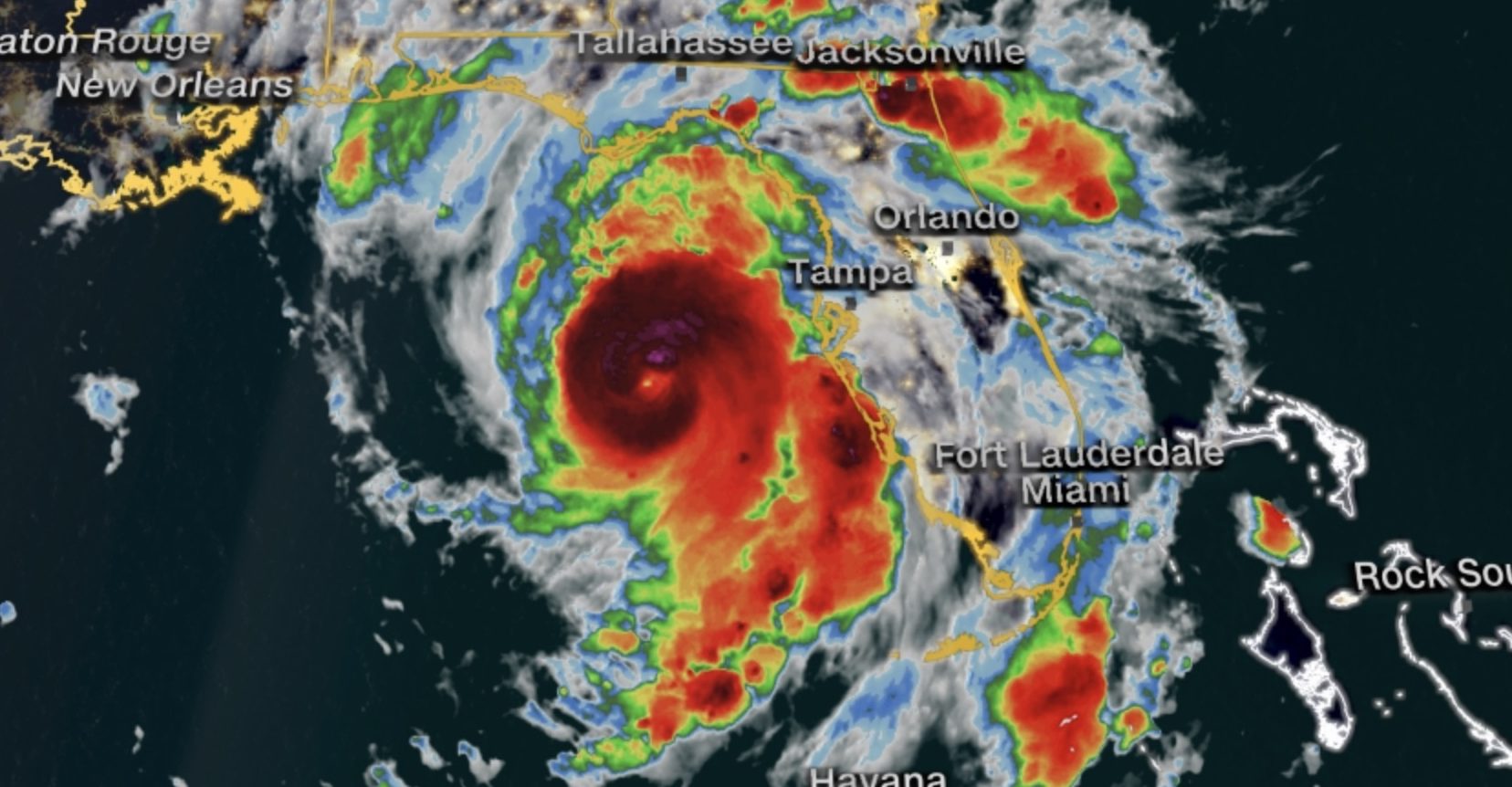This is how Hurricane Italia quickly intensified and reached a dangerous category 4
A man canoes through flooded streets as Hurricane Italia makes landfall on August 30, 2023 in Tarpon Springs, Florida. Hurricane Italia hit the Big Bend area of Florida’s Gulf Coast. (Photo: Joe Radle/Getty Images)
Hurricane Italia intensified rapidly Tuesday night and Wednesday morning, reaching a dangerous Category 4 rating before weakening slightly and making landfall in Florida.
It did so while moving over some of the warmest waters on the planet, joining a growing list of major tropical cyclones such as Hurricane Ian that intensified rapidly before making landfall in recent years.
Rapid intensification is just what it sounds like: when a hurricane’s winds rapidly intensify over a short period of time. Scientists define a hurricane as an increase in wind speed of at least 56 km/h in 24 hours or less.
Scientists have been alarmed by sea surface temperatures around the Gulf of Mexico and southern Florida this year, which soared to around 37 degrees Celsius earlier this summer.
The average sea surface temperature along the Italia route was recently measured at nearly 31°C, a record since data began in the early 1980s.
In the Gulf in general, he said, sea temperatures are “1 to 2 degrees Celsius above normal for this time of year, which is a lot because it’s already the hottest time of the year.” Brian McNoldy, an atmospheric scientist at the University of Miami, told CNN. “Given that, and with that extra warm water, there’s a greater chance of rapid intensification of hurricanes.”
McNoldy posted on social media Wednesday morning that Idalia weakened slightly to a Category 3 before the landfall, but the impacts were “too late and not enough to make a difference.”
Shortly after, it weakened to a Category 2 typhoon and sustained a maximum sustained gust of 177 km/h.
More and more tropical cyclones intensify quickly as they approach land, making them harder to prepare for and more dangerous for people waiting for a weakened hurricane.
That’s one way experts say the climate crisis is making hurricanes more dangerous, as warmer water allows hurricanes to intensify more quickly. According to the US Office of the National Oceanic and Atmospheric Administration, more than 90% of global warming over the past 50 years has occurred in the oceans.



:max_bytes(150000):strip_icc()/WilliamLevy-9d1412ad3c01443498e58ed956f6242c.jpg)

